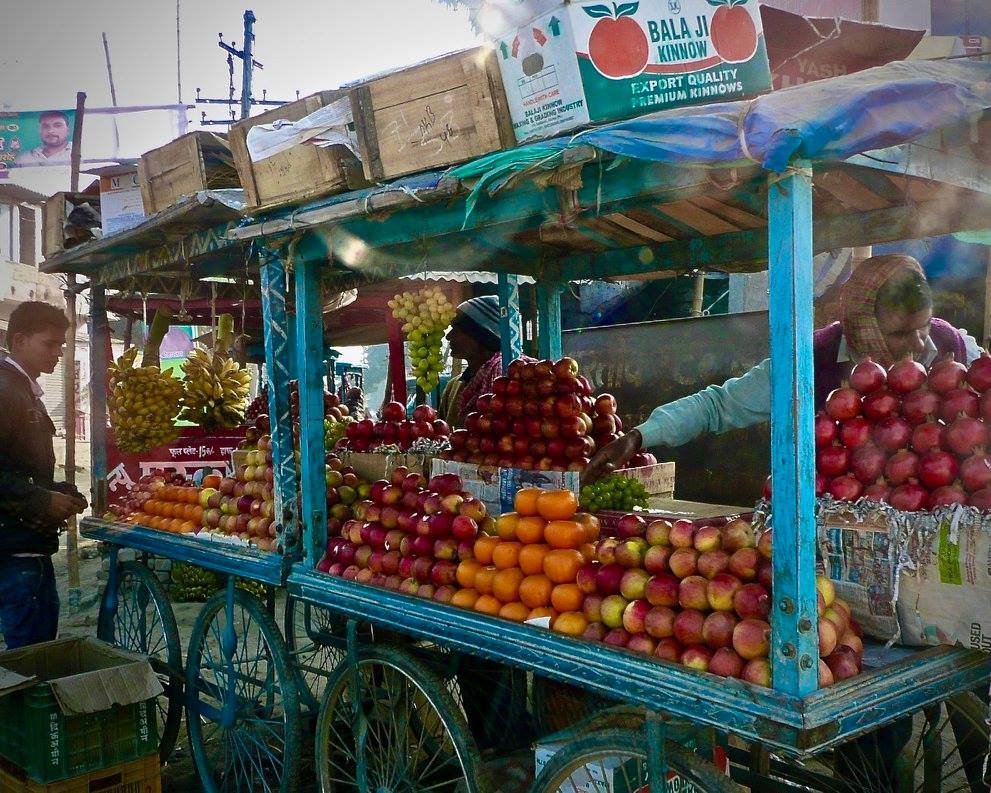
NUTRITION, FOOD, AND HUNGER CERTIFICATE
Module 2: Food Insecurity
Food insecurity is a major cause of malnutrition in low-income countries. Household food insecurity means not having access to a reliable and nutritiously well-balanced food supply, considering purchasing power and physical availability. Undernutrition has been described as people “not [having] physical or economic access to sufficient, safe, nutritious, and culturally acceptable food to meet their dietary needs.”(1) Barriers to food insecurity include insufficient income, high food prices, poor infrastructure, unreliable food supply, and lack of access to cultivatable land.
Major determinants of food security include income and purchasing power, or the financial means to purchase food items. Households of low socioeconomic status often depend on nutritionally-insufficient staple foods (such as rice, wheat, cassava, or maize) for the majority of their diet, as it is cheaper and more accessible than nutrient-rich fruits, vegetables, and animal products.(2) A large proportion of total earnings are also being devoted to these food items. For example, in Bangladesh, rice provides rural households with over 70% of their total energy intake, while accounting for about half of their food budget.(3) Although filling, rice is nutritiously insufficient and lacks the essential vitamins and minerals needed by the body to survive. A study conducted in Bangladesh demonstrated an association between household rice expenditures and child undernutrition, thereby reflecting that a diet lacking nutritional diversity makes people more vulnerable to micronutrient deficiencies.(4)
Dietary diversity is important in order to receive the nutritional requirements of a healthy diet – from a spectrum of fruits and vegetables to a reliable source of protein. Animal-based protein sources are often costly and susceptible to price increases. Consequences of diets low in protein may include disorders such as kwashiorkor, a childhood form of protein and energy deficiency.
Low-income households are especially vulnerable to fluctuations in food prices. When economic and political factors cause food price increases, the poorest households are most affected.(5) During national crises or emergency situations, food availability is often scarce and populations suffer from hunger and sickness. Poor infrastructure, lack of a safety plan, and limited food supply can perpetuate food insecurity.
Footnotes
(1) Black, R.E., Allen, L.H., Bhutta, Z.A, Caulfield, L.E., de Onis, M., Ezzati, M. et al. (2008). Maternal and child undernutrition: global and regional exposures and health consequences. The Lancet, 371: 243-260.
(2) Hirschi, K.D. (2009). Nutrient Biofortification of Food Crops. Annual Review of Nutrition, 29:401-421.
(3) Torlesse, H., Kiess, L., & Bloem, M. (2003). Association of household rice expenditure with child nutritional status indicates a role for macroeconomic food policy in combating malnutrition. The Journal of Nutrition, 133: 1320-1325.
(4) Halder, S., Urey, I., & Barua, P. (2003). Major Food Sector Studies –Patterns and trends in food consumption in poor urban and rural household in Bangladesh: the field survey results.
(5) Black, R.E., Allen, L.H., Bhutta, Z.A, Caulfield, L.E., de Onis, M., Ezzati, M. et al. (2008). Maternal and child undernutrition: global and regional exposures and health consequences. The Lancet, 371: 243-260.
